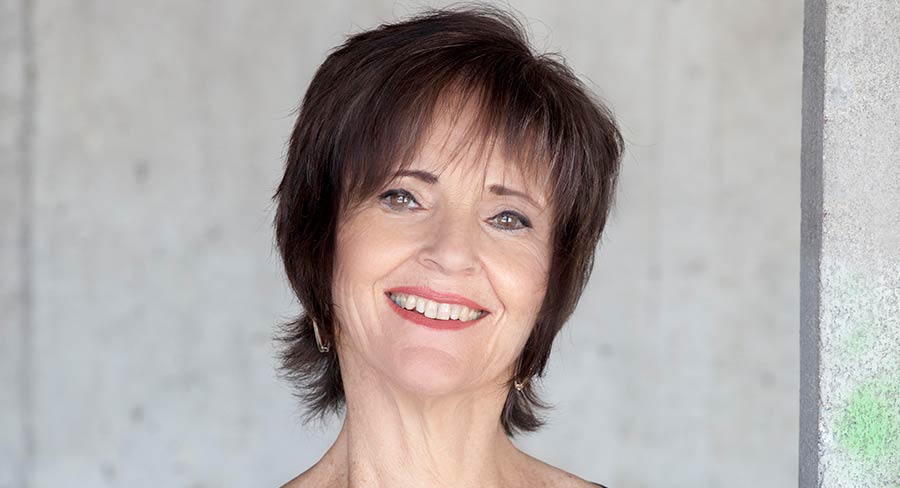Bauer Magazines has taken a cautious approach to developing media websites and focused heavily on print titles in the past.
Former New Zealand boss Paul Dykzeul, who now runs Bauer Media Australia, was sceptical about pumping resources into websites.
The publisher has caught up now, but North & South editor Virginia Larson says Dykzeul was right to be nervous about magazines.
“We did not move away from the core. Now we are benefiting from the additional numbers for the magazines from digital,” Larson, who has been editor since 2008, told Mediaweek.
“Pioneers get arrows in their back,” she said.
Larson joined the current affairs title as a staff reporter in 1996 after spending much of 80s and early 90s writing in Australia and the US. Her journalism career started at the NZ Woman’s Weekly, and she moved to Sydney as a writer for Cleo magazine in the mid-80s, “the last days of the centrefold”. She moved to Los Angeles and for five years was US West Coast Correspondent for the Daily Mail, covering Hollywood.
North & South has a unique place in New Zealand journalism. It has focused on long-form feature journalism, steering clear of polemic. It launched in 1986 as a nationwide alternative for sister city publication, Metro, focused on Auckland. Like all print titles they face challenges. They have distinct brands, and arguably North & South has been more resilient than Metro, which recently went bimonthly.
Typically, North & South is 130 pages with a central story of 5,000 or 6,000 words, up to 8,000 words. It’s a format that calls for commitment from readers.
Larson said: “We are unapologetically parochial. We might do a story profiling an interesting expatriate, but we are always trying to focus on heartland New Zealand.
“We sell disproportionately higher numbers in South Island provinces like Otago and Canterbury,” she added.
The association with Auckland is nuanced. North & South’s gaze is naturally to the provinces, but Auckland is still a part of New Zealand, with experts based in the city with one-third of New Zealand’s population. You cannot ignore Auckland, she said.
A survey late last year found that the readership of 240,000 is politically non-aligned “ down the middle”, but the focus on a provincial and older audience means North & South is mainstream, some would say conservative. The average age for readers is early 50s.
“It is for people who have kids in school and who care about what is happening in local bodies.
“We have shown there is an market for people to read long-form journalism with stories several thousand words. There is a lot of information out there but they appreciate journalism, which does the sifting and the research, and checks facts. We rate highly for trustworthiness,” Larson said.
North & South content is run online through Bauer’s free website Noted, which also features selected items from current affairs titles The Listener and Metro, and it allows Larson to update features in the monthly magazine. Its 450,000 monthly page impressions are not in the league of nzherald.co.nz or stuff.co.nz.
“There is no lack of good journalism in New Zealand. There is so much information, but it is harder to find. It concerns me that intelligent middle-class people will be captured by media-promoting clicks,” Larson said.
